The force with which a liquid or gaseous sample expands is measured by a mechanical device known as a pressure transmitter. Depending on the analyte’s composition, this type of sensor frequently uses a pressure-sensitive surface area made of steel, silicon, or other materials. Behind these surfaces are electronic components that can convert the applied force of the sample to the pressure sensor into an electrical signal. Read More…
Honeywell offers a broad portfolio of pressure transducers for test and measurement in industrial, automotive/transportation, aerospace, and medical applications Honeywell’s pressure transducers are suited for both high and low temperatures. Products include strain gauge pressure transducers, differential pressure transducers, LVDTs and miniature pressure transducers. Customization is available ...

At Emerson Automation Solutions, we dedicate ourselves to advancing precision measurement and control technologies that empower industries to operate safely, efficiently, and sustainably. Our work in pressure transducers exemplifies this mission, as we engineer and manufacture high-performance sensors designed to provide accurate pressure readings under the most demanding industrial conditions.
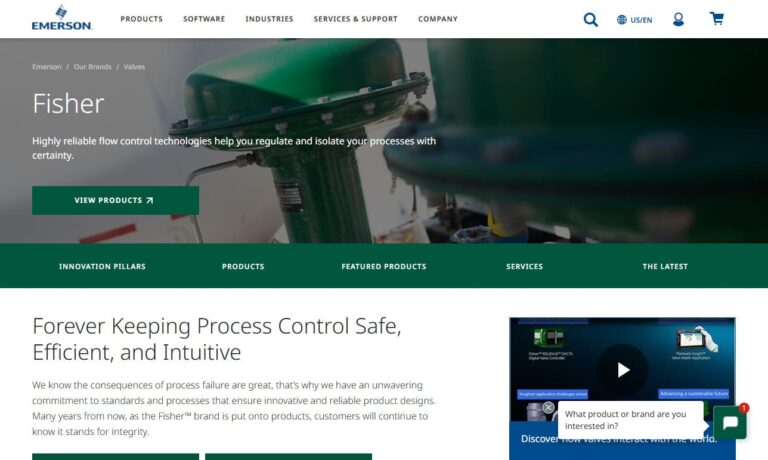
We design and manufacture acceleration, pressure and weight sensing products. Setra makes fuel cell pressure transducers, industrial strain gauge pressure transducers, HVAC/R pressure transducers, ultra-high purity and vacuum pressure transducers plus other types. We've been in business since 1967.
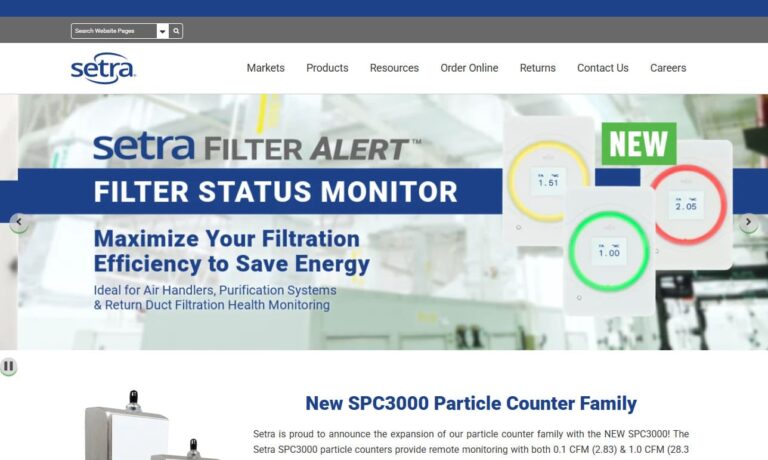
Ashcroft® manufactures a full line of high-quality pressure transducers for reliable use in applications for high-volume OEM, general and heavy industrial and HVAC. Our line offers products with award-winning features. Our company realizes that as times change, so do the needs of industry. Products we manufacture have become the benchmark in our industry.

At Endress & Hauser, we take pride in being a global leader in process automation and instrumentation, dedicated to helping industries achieve precise measurement, control, and efficiency. Our expertise in pressure transducer technology allows us to deliver solutions that ensure reliable process monitoring and optimized system performance across a wide range of applications.

At ABB, we are driven by the pursuit of precision, innovation, and reliability in every solution we deliver. Our expertise spans across industrial automation, electrification, and advanced measurement technologies that empower industries to perform at their highest potential. As pioneers in process instrumentation, we design and manufacture high-performance pressure transducers that provide...

More Pressure Transmitter Manufacturers
They are regularly used to create liquid interface detectors, which keep track of the liquid levels in the connected pipelines of a system. Since any variation above or below the recommended pressure can have disastrous effects, many businesses must measure and maintain the pressure levels of various components.
In addition, pressure transmitters are frequently required to measure the applied force of liquids and gasses as a value of Pa or psi in pressure-sensitive environments like the gas, petrochemical, laboratory, and pharmaceutical industries. This application calls for the flawless integration of pressure transmitters with rapid electrical conversion machinery to deliver accurate and timely results.

Even though some vendors may not classify them so, there is a very slight distinction between pressure transmitters and transducers. Devices called transducers change one type of energy into another. The electrical signal from the transducer is amplified by a transmitter, allowing it to travel a long way to a control unit.
Process of Connecting a Transmitter
Usually mounted on tanks or pipes, pressure transmitters measure pressure. Undoubtedly, some of them use flowmeters that have been installed. One of three methods—thread, flange, or clamp—is typically used to install pressure transmitters. The customer must therefore consider the process connection as guided by the supplier before selecting the appropriate pressure transmitter. For example, if it's threaded, you need to find the thread specifications nominal diameter. When using a flange as the connecting device, flange parameters must be considered.
Principle of Operation for Pressure Transmitters
The fundamentals of several different types of pressure transmitters, such as the strain gauge pressure transmitter
Most manufacturers frequently use semiconductor and metal resistance strain gauge pressure transmitters. The metal resistance strain gauge is a sensitive device that converts the variation in strain on the test item into an electric signal. The two types are strain gauges made of metal foil and wire.
A particular glue is typically applied to attach the strain gauge to the mechanical strain matrix firmly. When the tension of the matrix changes, the resistance strain gauge deforms along with the matrix, changing the resistance value. A different voltage is applied to the resistor. There are a few capacitive pressure transmitters with strain gauges available today.
- Capacitance Principle: Some manufacturers apply the capacitance principle in their pressure transmitters. The measuring diaphragm deforms slightly in response to direct pressure applied to its surface. The high-precision circuit transforms this slight deformation on the measuring diaphragm into a highly linear voltage proportional to the pressure and the excitation voltage. Then, producers convert this voltage signal into a 4-20 mA current signal or a 1-5 V voltage signal that satisfies industry standards.
Types of Pressure Transmitters
Pressure transmitters can be divided into four main categories:
Gauge Pressure Transmitters
As the name suggests, they determine how the gauge pressure compares to the atmospheric pressure. These transmitters are frequently used in process industries because liquid and gas are used there. Since these industries must maintain pressure control, gauge pressure transmitters are crucial.

Object-Oriented (Absolute Pressure) Transmitters
These transmitters measure the pressure of an absolute vacuum. The measured material is placed in a sealed chamber to establish an accurate reference to an absolute vacuum. These absolute pressure transmitters are frequently used in applications that demand a very high standard of accuracy.
Differential Pressure Transmitters
The typical use of these transmitters is to compare various pressure types. These transmitters measure flow rates due to their advantages over alternatives.

Piezoresistive Transmitters
Piezoresistive pressure transmitters are made using single silicon crystals due to their piezoresistive properties. A silicon wafer with a single crystal serves as the elastic part. The single crystal silicon is subjected to strain when the pressure changes, and as a result, the strain resistance directly diffuses on its changes in proportion to the measured pressure. The output voltage is then calculated by the bridge circuit using this signal.
Guide to Pressure Transmitter Selection
If one is looking for a pressure transmitter, one should look for a manufacturer or supplier that carries a variety of transmitter types in stock. When the manufacturer is knowledgeable, discussing the ideal transmitter for any application is simple. One can consider the following elements when looking for a pressure transmitter:
- Transmitter Pressure Range: Find the system's maximum measured pressure value first. It is generally recommended to use a transmitter whose pressure range is about 1.5 times greater than the maximum value.
- Type of Pressure Medium: Will the pressure ports become blocked by viscous liquids and mud? Will caustic or solvents damage any items in the transmitter that come into contact with these media directly?
- Accuracy: Accuracy is influenced by several variables, including temperature, zero offset scale, hysteresis, non-repeatability, and linearity. Notably, many suppliers charge more for highly precise transmitters.
Choosing the Correct Pressure Transmitter Manufacturer
To ensure you have the most beneficial outcome when purchasing pressure transmitters from a pressure transmitter manufacturer, it is important to compare several businesses using our directory of pressure transmitter manufacturers. Each pressure transmitter manufacturer has a business profile page highlighting their areas of experience and capabilities, along with a contact form to directly communicate with the manufacturer for more information or request a quote. Review each pressure transmitter business website using our patented website previewer to quickly learn what each company specializes in. Then, use our simple RFQ form to contact multiple pressure transmitter companies with the same form.


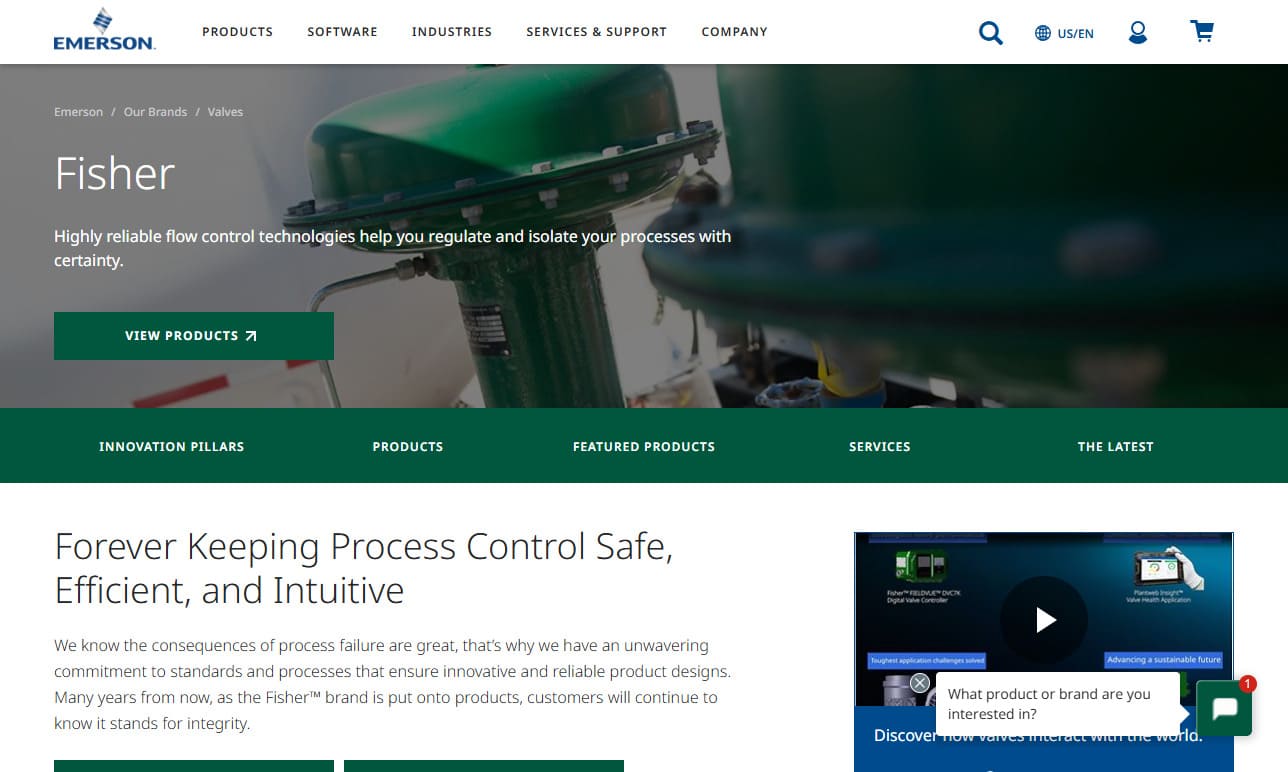
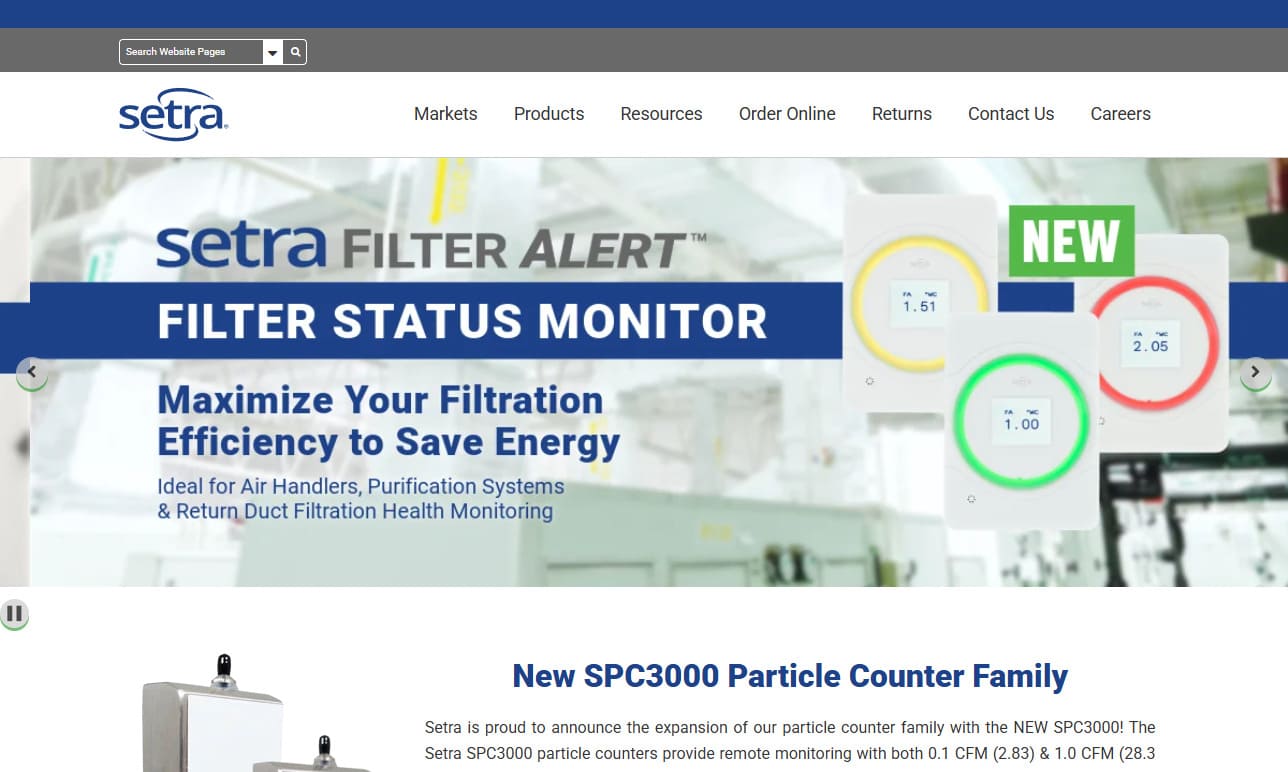



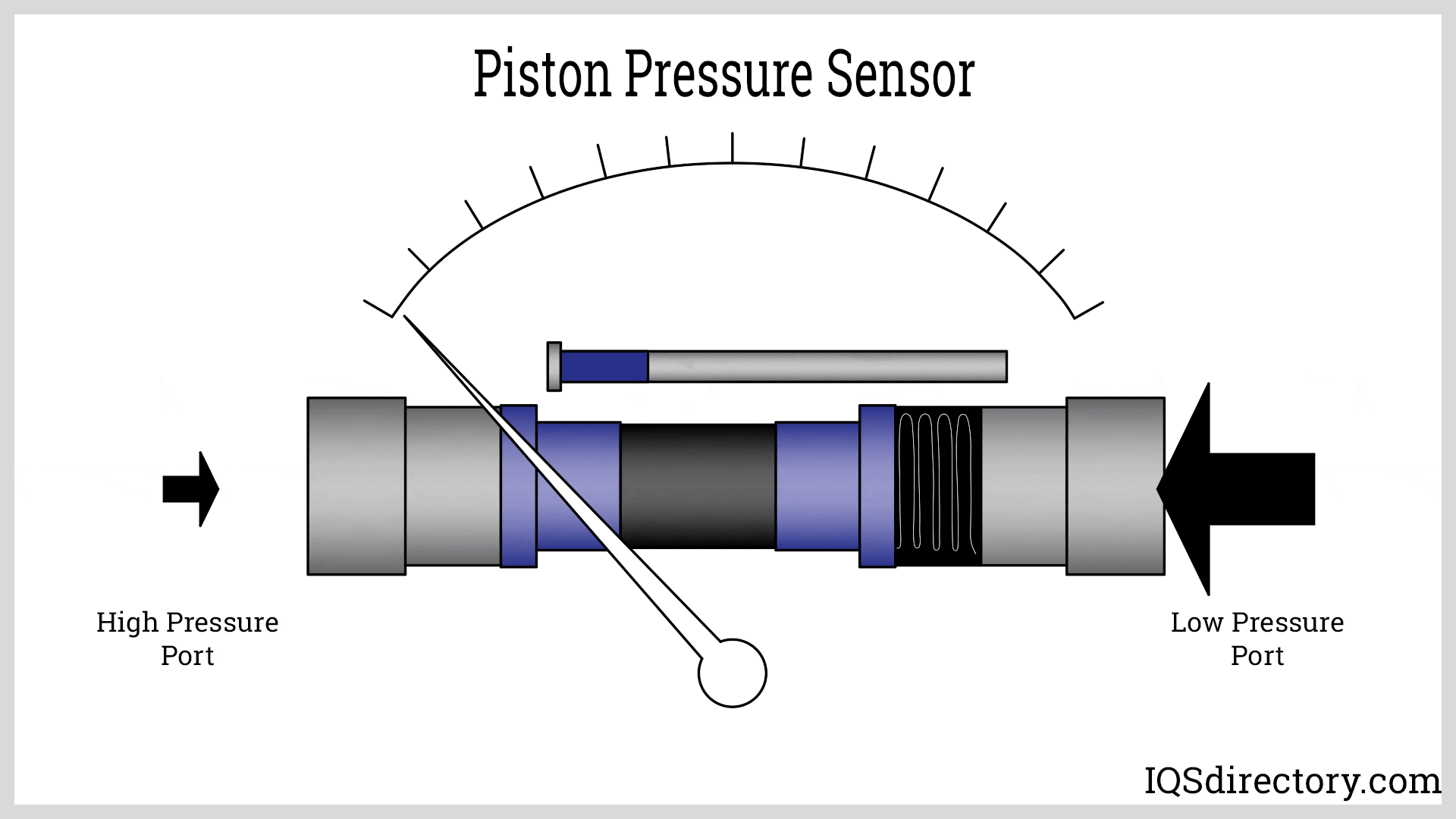

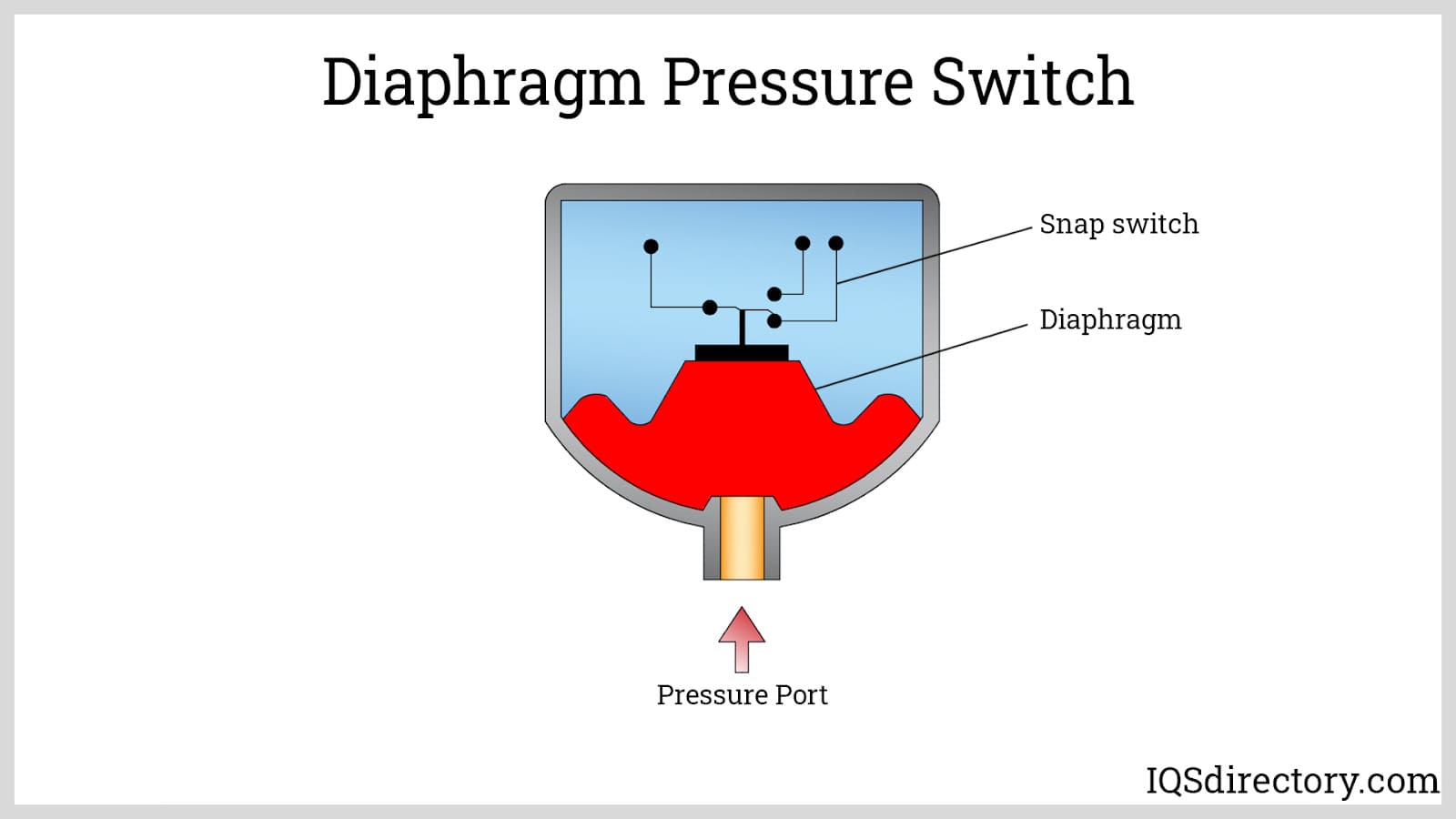
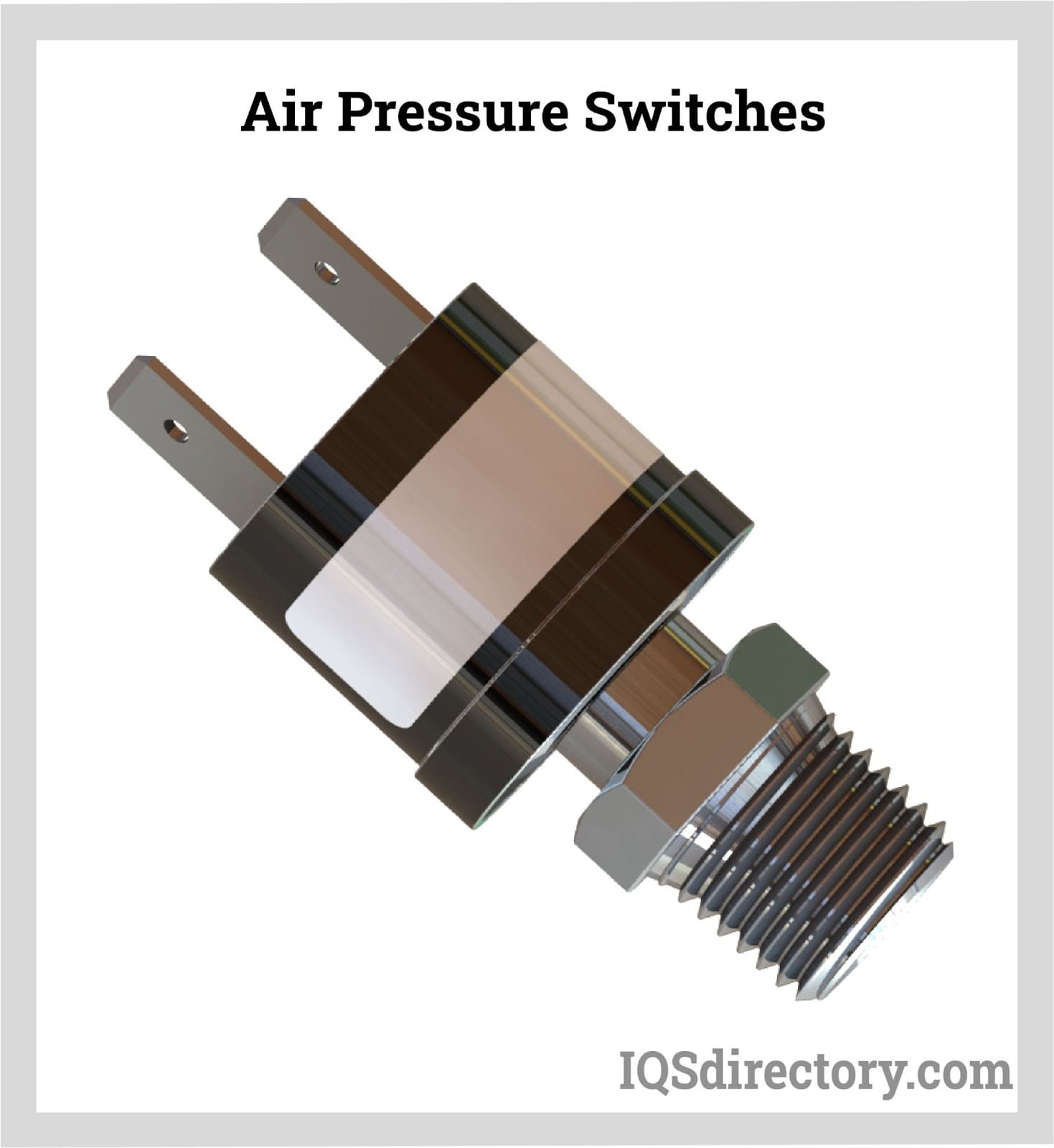
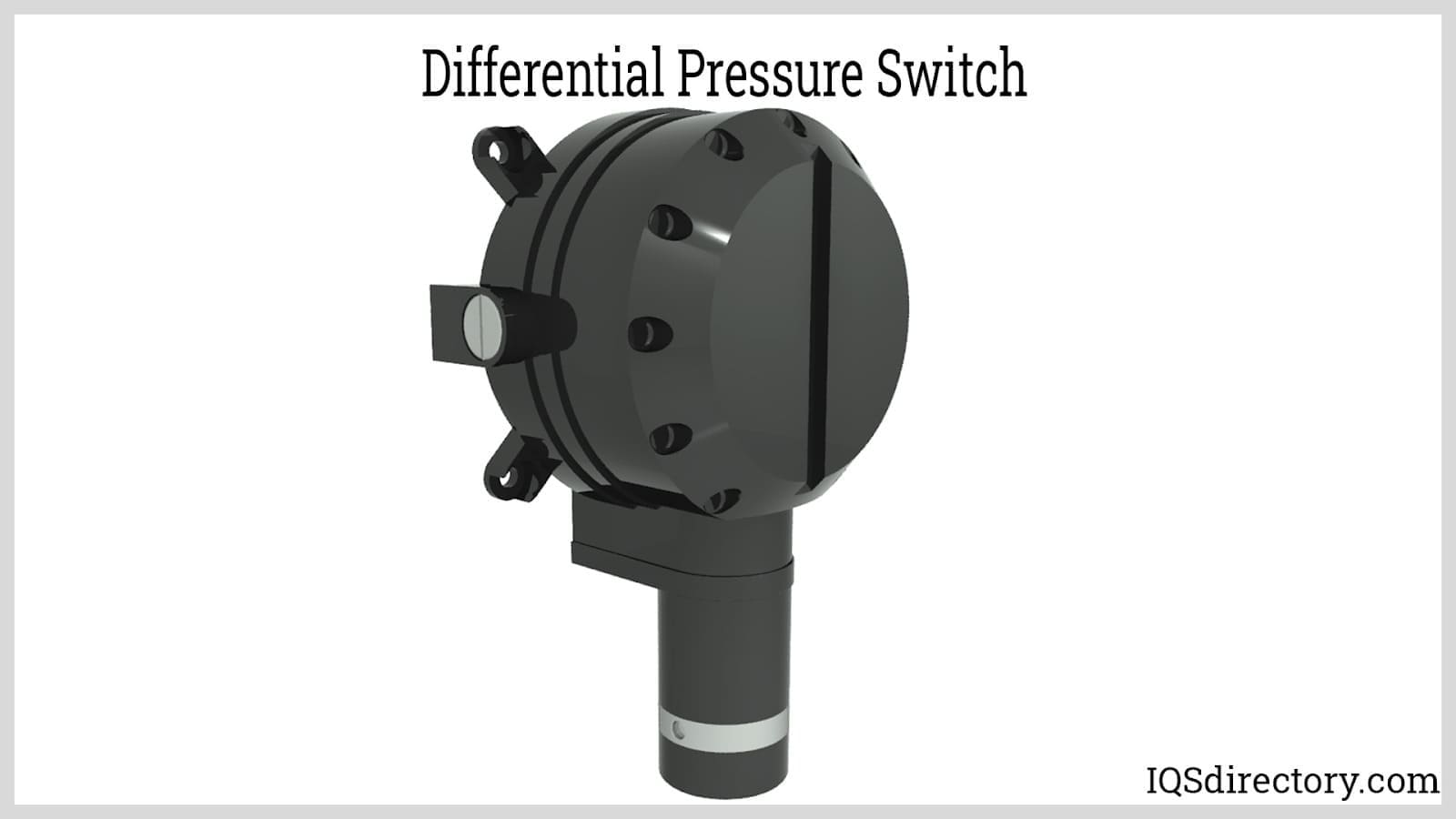
 Flow Meters
Flow Meters Leak Detectors
Leak Detectors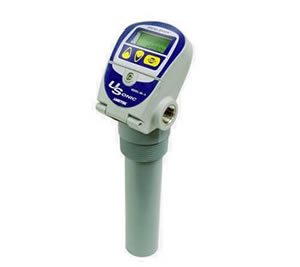 Level Switches
Level Switches Pressure Gauges
Pressure Gauges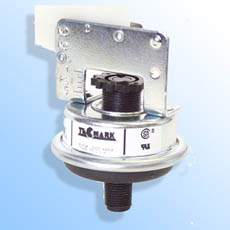 Pressure Switches
Pressure Switches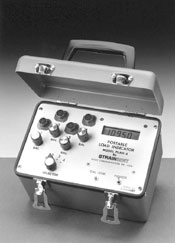 Pressure Transducers
Pressure Transducers Castings & Forgings
Castings & Forgings Bulk Material Handling
Bulk Material Handling Electrical & Electronic Components
Electrical & Electronic Components Flow Instrumentation
Flow Instrumentation Hardware
Hardware Material Handling Equipment
Material Handling Equipment Metal Cutting Services
Metal Cutting Services Metal Forming Services
Metal Forming Services Metal Suppliers
Metal Suppliers Motion Control Products
Motion Control Products Plant & Facility Equipment
Plant & Facility Equipment Plant & Facility Supplies
Plant & Facility Supplies Plastic Molding Processes
Plastic Molding Processes Pumps & Valves
Pumps & Valves Recycling Equipment
Recycling Equipment Rubber Products & Services
Rubber Products & Services